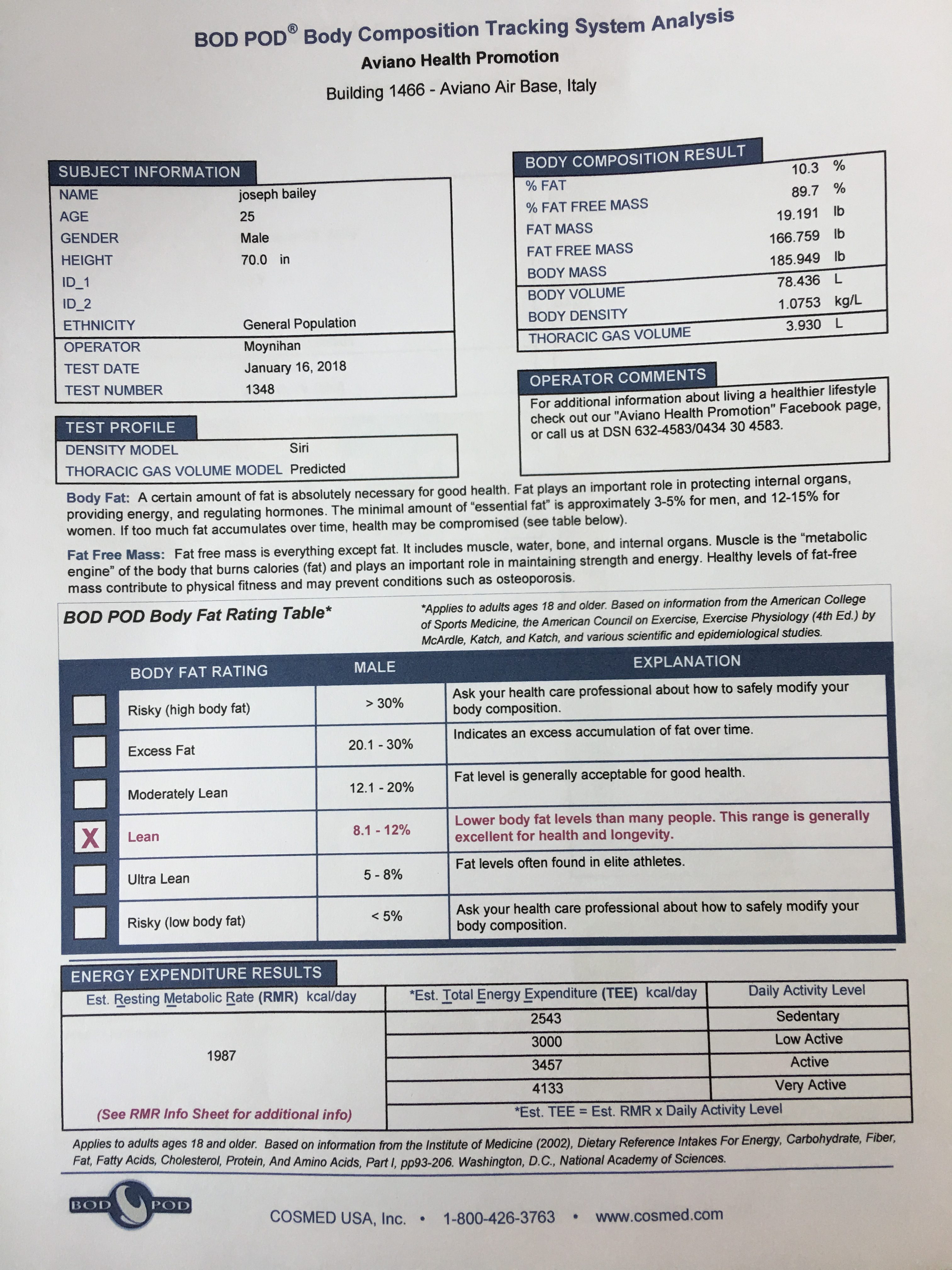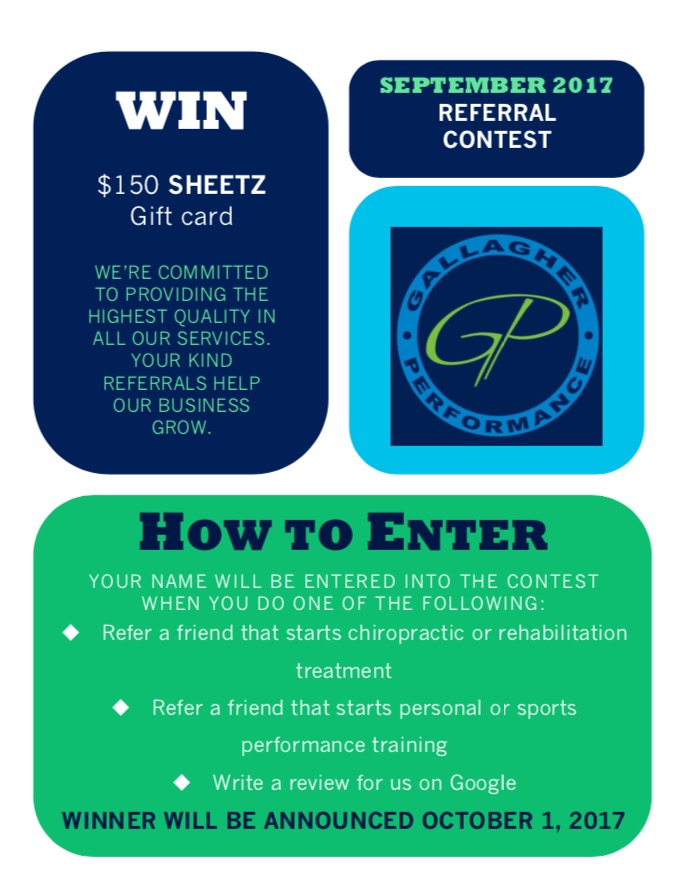Although we’ve worked with a broad spectrum of athletes - high school, collegiate, professional, former World’s Strongest Man, and elite triathletes - we work with just as many weekend warriors and those who simply love to be active. Whether it’s improving your running distance, increasing strength in the gym, or swinging a golf club without pain, we want to help you achieve your goals.
We also successfully treat those with overuse injuries, enabling them to return to the highly active lifestyle they enjoy.
Being active is an essential part to a healthy lifestyle. The many benefits of movement and exercise are well documented. Unfortunately, injury can become a reality for those that live an active lifestyle. When injury occurs, the effects are not only physical, but psychological as well. It is easy to become frustrated when your active lifestyle has been interrupted and concerned when you aren’t healing or turning around as quickly as you had hoped. Recovery from injury is a process that must be understood, appreciated and respected.
To help you better understand how to manage your own recovery from injury, here is a short list of items to be aware of so that you can respect the healing process and set yourself up for a timely and safe return to sport or activity.
Avoid Complete Rest
When injury occurs, it is often advocated to rest. Rest is a critical part of healing and the amount of rest one needs will be determined by the severity of the injury. Injury is a balance of load and capacity of tissues within the body. Once we exceed the capacity of a tissue (bone, ligament, muscle, tendon, disc, etc.) with a certain load, injury occurs. Rest helps restore the capacity of tissues by minimizing or removing load and thus allowing healing to occur.
As critical as rest is to the healing process, movement is equally, if not more, critical. In the absence of severe injury and conditions where movement would be contraindicated (i.e. fracture, dislocation), movement serves to facilitate healing. The majority of musculoskeletal injuries heal best when we don’t avoid activity, but rather when we modify activity. The important factor here being that one finds activities they can perform without pain and that will facilitate healing through movement. This may be as simple as walking or gentle range of motion exercises. However knowing exactly what you should do for your specific injury can be a complicated answer. This brings me to my next point.
Don’t Rely on Social Media Gurus to Solve Your Injury
When injury occurs, people want a definitive answer when it comes to what they injured and how to manage it. And there are growing numbers that are seeking this information out online without ever consulting a licensed healthcare specialist. This could be due to frustrations with the medical model, a growing consciousness to seek out “non-traditional” or “alternative” therapies, or simply wanting to avoid paying out of pocket when there is free information available online. There can be the mentality of, “Why pay someone to fix me when I can learn to fix myself?” Not that this is wrong, but please understand that there are limitations when it comes to purely trying to self-manage your injury.
Let me illustrate this point with an example of someone who may go onto an internet forum or social media page and state, “If have an L4-L5 disc bulge with sciatica, what exercises should I do to help me get out of pain?”
If you are seeking an answer out online, keep in mind the most appropriate answer you should receive is, “It depends”.
Any advice you receive from someone who hasn’t evaluated you is truly just throwing darts in the dark and hoping something sticks. Most people on the internet and social media who are offering up advice when it comes to injury rehabilitation are not licensed to do so, thus you should be skeptical. Many of these same people try to position themselves as an expert for one reason or another, but reality remains they are not a licensed professional and thus you should be skeptical. Skeptical because how can someone tell you what to do when they haven’t evaluated you – in person.
When it comes to injury rehabilitation, the evaluation process is the most critical step to ensure no time is wasted in the early phases of rehab and to minimize complications. Evaluations should consist of orthopedic and neurological testing as well as biomechanical/functional testing to evaluate for structural pathology, movement sensitivities and functional deficits.
The sharing of symptoms through some online medium is extremely limited in its value and it inherently creates bias. It will bias the feedback and direction you receive from who you are seeking advice from since all they have to operate off of is what you tell them. But when you are evaluated live, in person, by a licensed professional, bias can fall by the wayside when things are discovered that you may not feel are all that important or relevant to your present injury. Yes, history and understanding your problem is important, but it’s only a part of the puzzle.
This is because as professionals, we are trained to evaluate with our eyes and hands to assist in the diagnosis of your condition.
Seek Out Professional Evaluation and Treatment
There are numerous products and programs currently online that essentially attempt to remove the need for someone to see a licensed professional for an injury or ailment. These products or programs will draw people in as they hope to learn what they can do to fix themselves. There is nothing wrong with that, as self-management strategies are important for anyone to learn. People who are dealing with pain or injury must learn why their pain or injury developed in the first place and what they can do to help prevent it from returning.
However the limitation to these products or programs is that they are mass marketed, attempting to appeal to a large audience and, therefore, are very general in nature. They are incapable of being highly specific to the individual. These programs or products may work for some, but when someone needs more individualized solutions they need to turn to a licensed professional such as a chiropractic rehabilitation specialist or physical therapist who approaches injuries and ailments from a functional perspective, not solely based on structural pathology.
Specialists exist for a reason. When your in-home or self-management strategies fail or if you are having persistent or worsening symptoms, you should seek out professional consultation. Specialist such as sports medicine physicians, rehabilitation chiropractors and physical therapists are capable of providing solutions to pain and injury through either diagnosing your condition, devising a rehab plan, and providing treatment. Massage therapists are another specialist to consider as many ailments and injuries have soft-tissue components that respond favorably to massage therapy by reducing pain and restoring muscle function.
Recognize the Gift of Injury
The recovery from injury is as much mental as it is physical. Believe it or not, there is a gift of injury – forced discipline.
What do I mean by forced discipline?
Injury often times forces us to confront the very reasons why we got injured in the first place. The reason could be faulty mechanics, sharp increases in workout or training volume, or ignoring warning signs our brain was sending us.
Professional specialists mentioned above should assist in the process of helping you recognize the reason(s) for your injury and given you the direction needed in your recovery. But it's upon you to be disciplined and mindful during your recovery process and beyond. This new sense of discipline can apply to making better decisions when it comes to your rehab program, your posture, your movement, and the amount of stress or work you place upon your body.
Failure to do so can often lead to someone rushing his or her own recovery, returning too soon to sport or activity or frequent relapses. Be disciplined and regain control of your body.
Understand the Science of Pain
Failure to apply discipline in your recovery can also result in the feeling that your injury will never heal. The reality is all injuries heal. But long after the site of injury has healed, pain can still persist. Pain becomes a reminder to some that they aren’t healed. They will believe they are still injured.
“So if my injury is healed, then why am I still in pain?”
Pain is a message from our brain that is meant to protect us. Even though pain is meant to protect us, pain is not a reliable source of indicating the extent of an injury or even where the injury is located. The classic example here is phantom limb pain. Amputees regularly will experience this phenomenon. One may experience left leg pain, yet they do not have a left leg. If pain is purely related to damage or injury, how would one experience pain in a limb that doesn’t exist?
The reality of pain perception can be a difficult education point as this is typically a new concept for the majority of patients and one they may need some time to understand. But it’s critical as their beliefs about pain can complicate the recovery process. It’s extremely beneficial for patients to learn about pain and address fear-avoidance behaviors and other factors that will interfere with reactivation into normal movement, activities of daily living and sport.
Gradual exposure to correct movement which takes stress of tissues can help to desensitize the brain to pain signals. Movement re-education serves to reduce pain signaling in the brain. As one learns to move better, pain goes down. You need to break your pain cycle with a better movement solution. It’s that simple.
Wrapping Up
Thanks for reading. We hope this post was helpful. Please leave any comments or questions you may have. Share this post with those who you feel can benefit from understanding how to better approach recovering from injury or pain.
More related reading:
https://gallagherperformance.com/resetting-bodys-function-post-injury/
https://gallagherperformance.com/the-hidden-causes-of-sports-injury/
https://gallagherperformance.com/technique_and_performance/
https://gallagherperformance.com/nutrition-for-faster-recovery-from-injury/
https://gallagherperformance.com/improved-approach-chronic-pain-management/
https://gallagherperformance.com/effective-treatment-shoulder-pain/




